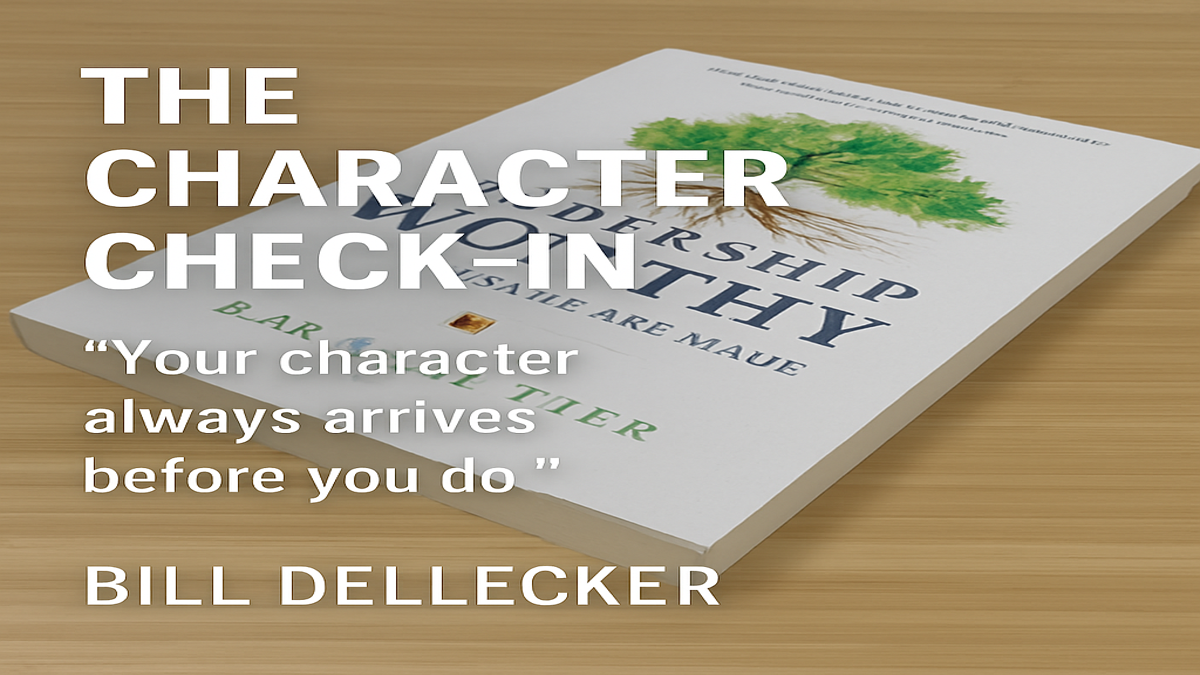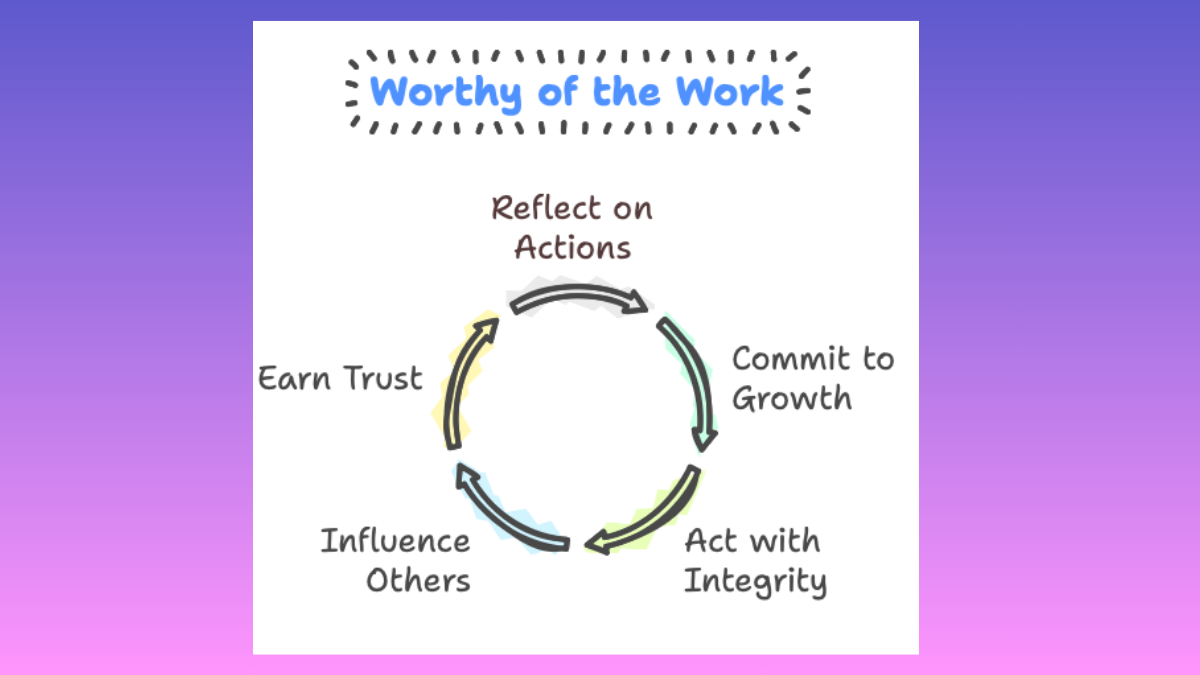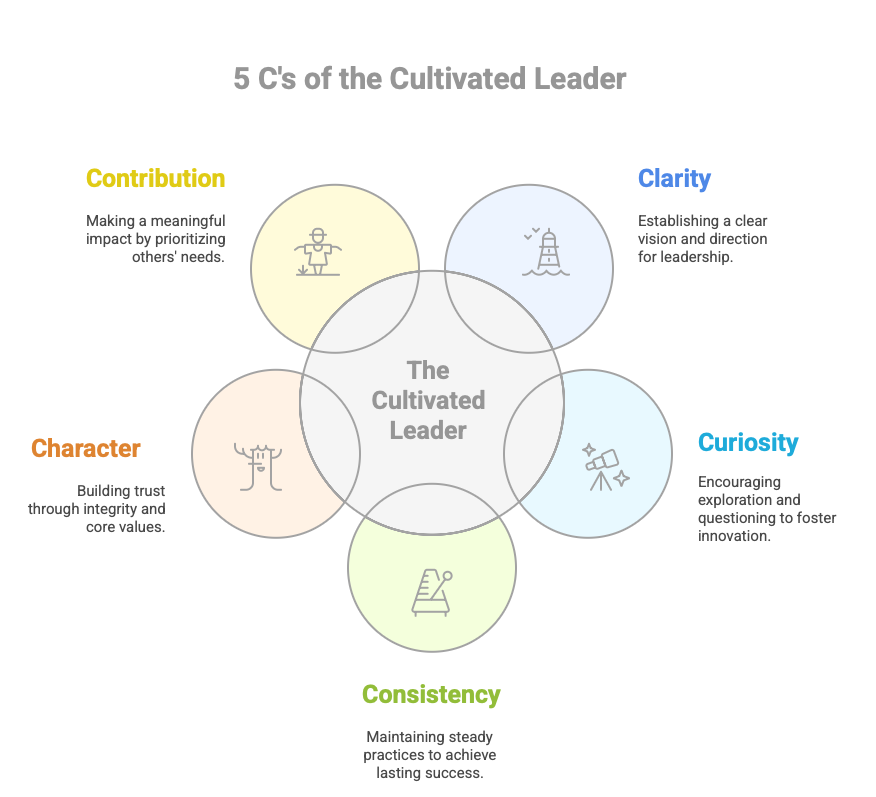Desired Outcome
There are two levels of desired outcome to consider:
- What is the ultimate result we desire for ourselves?
- Will the decision we make also impact others and, if so, how?
More than the immediate result is at stake; some decisions have collateral or long-lasting effects that should not be ignored.
Without pausing to consider the short and/or long-term effects of a pending decision, our default human mode is to react based upon emotions in the moment. Feelings may stimulate a perceived immediate need to respond, but do not serve as useful guides for effective decision-making. We’ve all seen and heard stories of what happens when emotions rule the moment.
When you are ready to make a decision to act, reflecting on the desired outcome can be achieved by asking yourself a few key questions. This approach helps me put emotion in the back seat and the logical brain in the driver’s seat. You might hold this brief conversation with yourself:
- Is this the right time to make a decision and act?
- What emotions am I feeling right now that might cloud my judgment?
- How have I reacted in similar situations in the past? And how did what I decided work out?
- There’s a popular saying, which some attribute to Albert Einstein: “The definition of insanity is doing the same thing over and over and expecting different results.”
- If I’m into new territory here, do I have enough information to make a proper decision?
- Is my desired outcome compatible with my personal values and aligned with organizational guiding principles (when applicable)?
Personal decisions have the potential to affect health, safety, longevity and happiness. Organizational decisions can create or destroy value — and careers along with it. The weight of the decision is directly proportionate to the importance of the desired outcome.
Of all the decisions we face, those that involve or affect people are the most significant, with hiring decisions at the top of the list. So being crystal clear about the desired outcome will sharpen our ability to maximize the moment and influence what follows.
Tempus Maximize!






